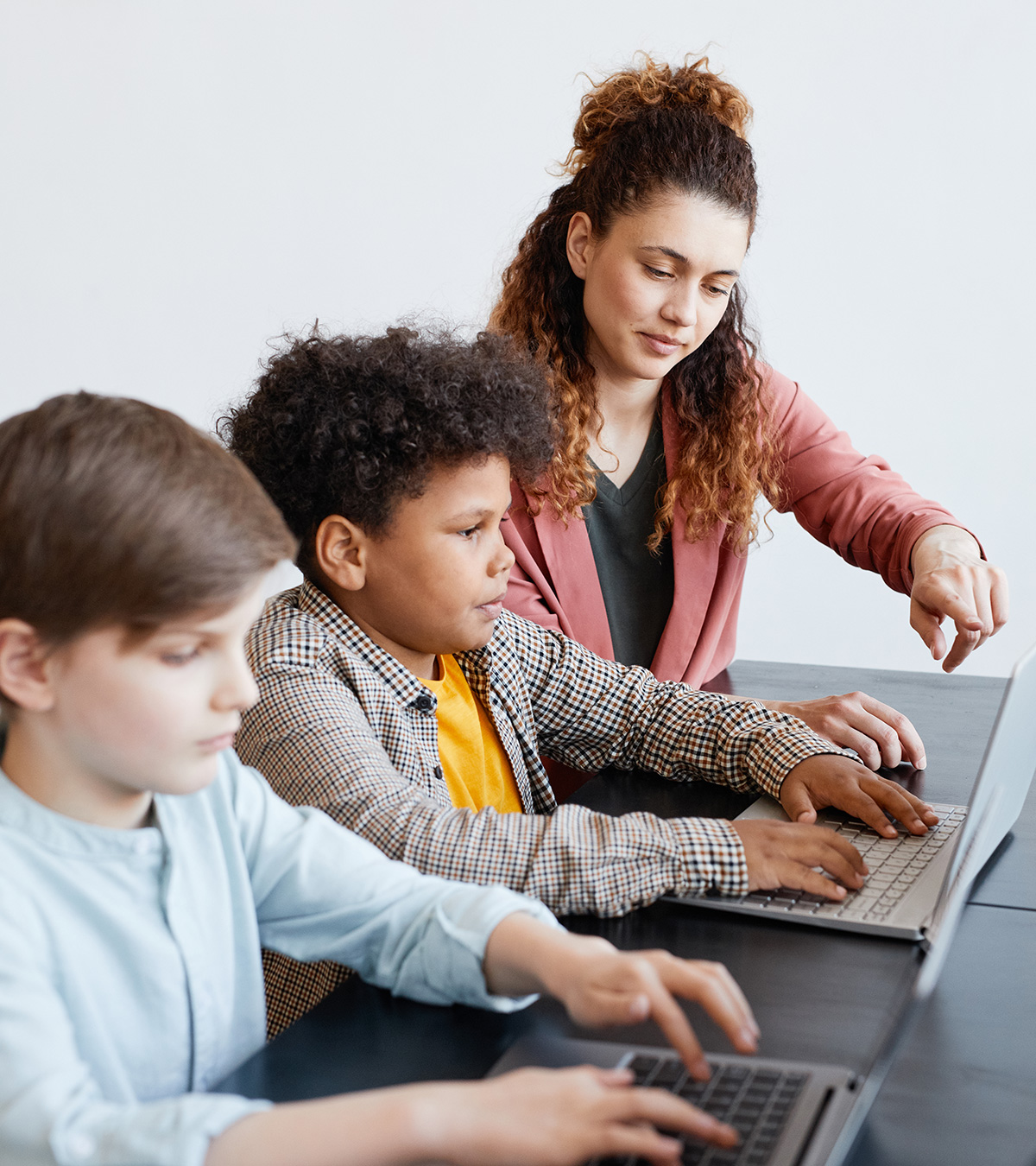As a change agent, the coach is expected to facilitate equitable use of digital learning tools and content that meet the needs of each learner.
In my post titled, “No Child Left Offline: A Case for Coaching for Digital Equity“, I had the opportunity to research deeper into the meaning of digital equity which was a relatively new term to me. What was surprising to me in my research was that digital equity goes beyond just thinking about having access to hardware, software, and bandwidth. I found that it is equally important to ensure that educators are trained to help students navigate those digital tools.
This knowledge has in turn helped me realize that I also need to think about how I might prepare preservice teachers for the use of technology as a teaching tool. With this in mind, I have ensured that I build in technology training with practical usage into the new teacher onboarding training program in my school. I also ensure that new teachers are immediately plugged into a Professional Learning Network so that they have the support and encouragement they need to get them up to speed with using digital learning tools and content.
I also discovered other useful strategies to promote digital equity among teachers for instance, using badges and microcredentialing as a way to encourage educators to obtain credentials related to edtech.
Besides that, I also found that the internet has levelled the playing field when it comes to access to information, especially access to learning materials. I shared some useful sites like Flipped Learning Review where coaches can point their coachees to for online learning resources to deepen their understanding.
I have also come across inspiring examples of digital equity in my research for the post titled, “Autonomous Learning as a Sustainable Approach to Learning“. I discovered the Hole in the Wall Project that was championed by Sugata Mitra, an Indian computer scientist and educational theorist. In 1999, Mitra conducted an experiment where he placed a computer in a kiosk in a wall in a slum at Kalkaji, New Delhi, India. Children in the slum were allowed to use the computer freely and they figured out how to use the computer to surf the web on their own and went on to teach other children how to operate the computer. The experiment was repeated in two other locations to the same success. Mitra calls this method Minimally Invasive Education™ (MIE), a solution that “uses the power of collaboration and the natural curiosity of children to catalyze learning”. This is a powerful example of how a little creativity and heart can go a long way in promoting digital equity even in the poorest of conditions.
In the same post, I also came across a coding school called 42 that claimed to be teacherless and completely free. This movement was championed by French billionaire Xavier Niel with the first school starting in Paris and has since spread all over the world. This is an inspiring example of the promotion of digital equity.
Also, in facilitating equitable use of digital learning tools and content to meet the needs of different learners, I shared a few accessibility considerations for coaches when designing learning content. I suggested the use of live captions when sharing video content as this helps non-native English speakers to follow along easier. Coaches are also encouraged to bear in mind students with disabilities by describing any images and visual-content that are displayed on-screen as this helps anyone with vision or cognitive disability.
< Previous: 4.1a Accelerating Transformation | Next: 4.1c Cultivating Culture >
< Back to Portfolio Home
< Back to 4.1 Change Agent
Related Posts
-
Workshop Planning: Building Digital Literacy for 21st-Century Success
Preparation and considerations in the planning for the workshop on Building Digital Literacy for 21st-Century Success. … Continue readingWorkshop Planning: Building Digital Literacy for 21st-Century Success
-
No Child Left Offline: A Case for Coaching for Digital Equity
Towards achieving sustainable improvement in student learning – Exploring the case for digital equity and coaching strategies to close the digital equity gap. … Continue readingNo Child Left Offline: A Case for Coaching for Digital Equity
-
Autonomous Learning as a Sustainable Approach to Learning
Autonomous Learning produces learners who are independent and self-directed, creating lifelong learners and a sustainable approach to learning. … Continue readingAutonomous Learning as a Sustainable Approach to Learning



